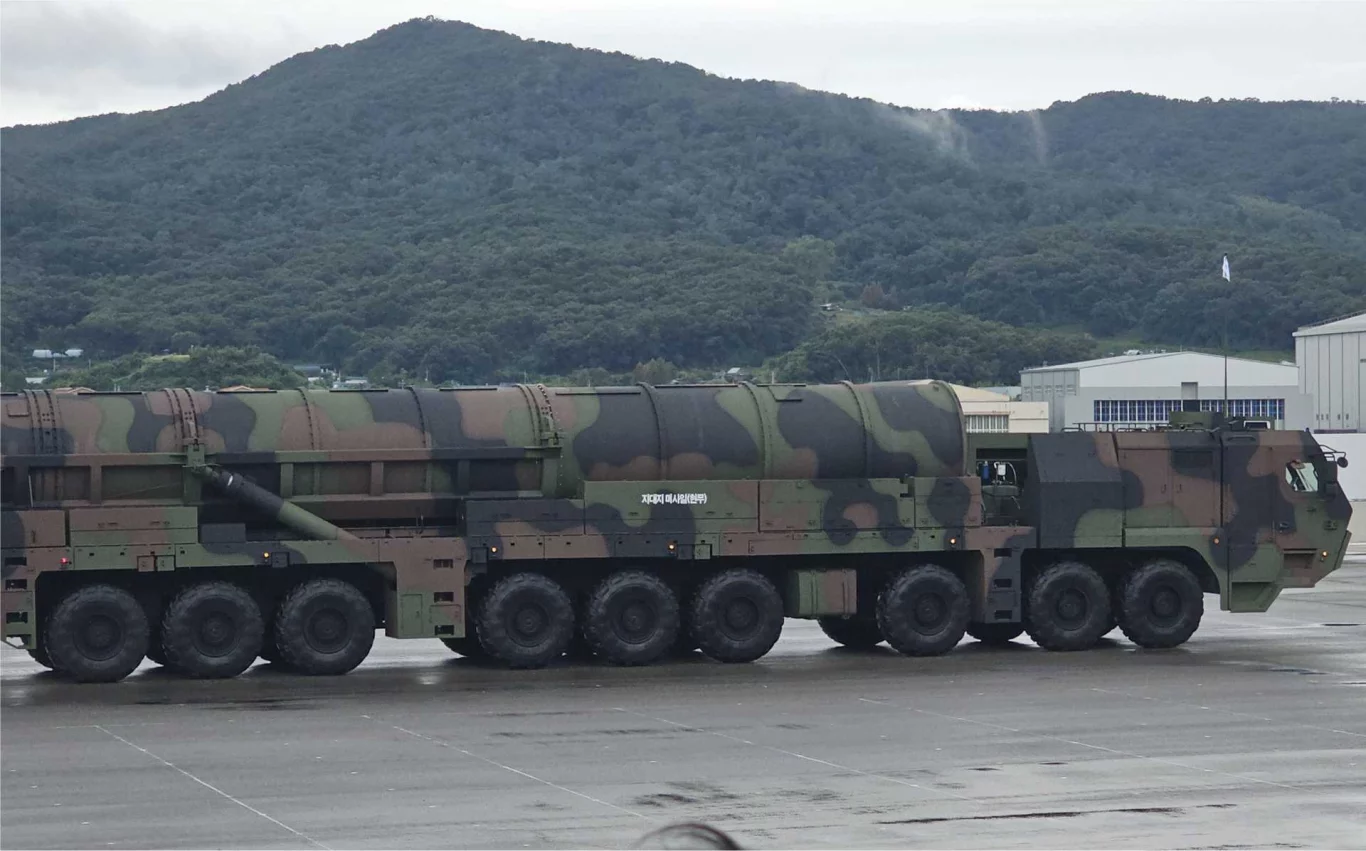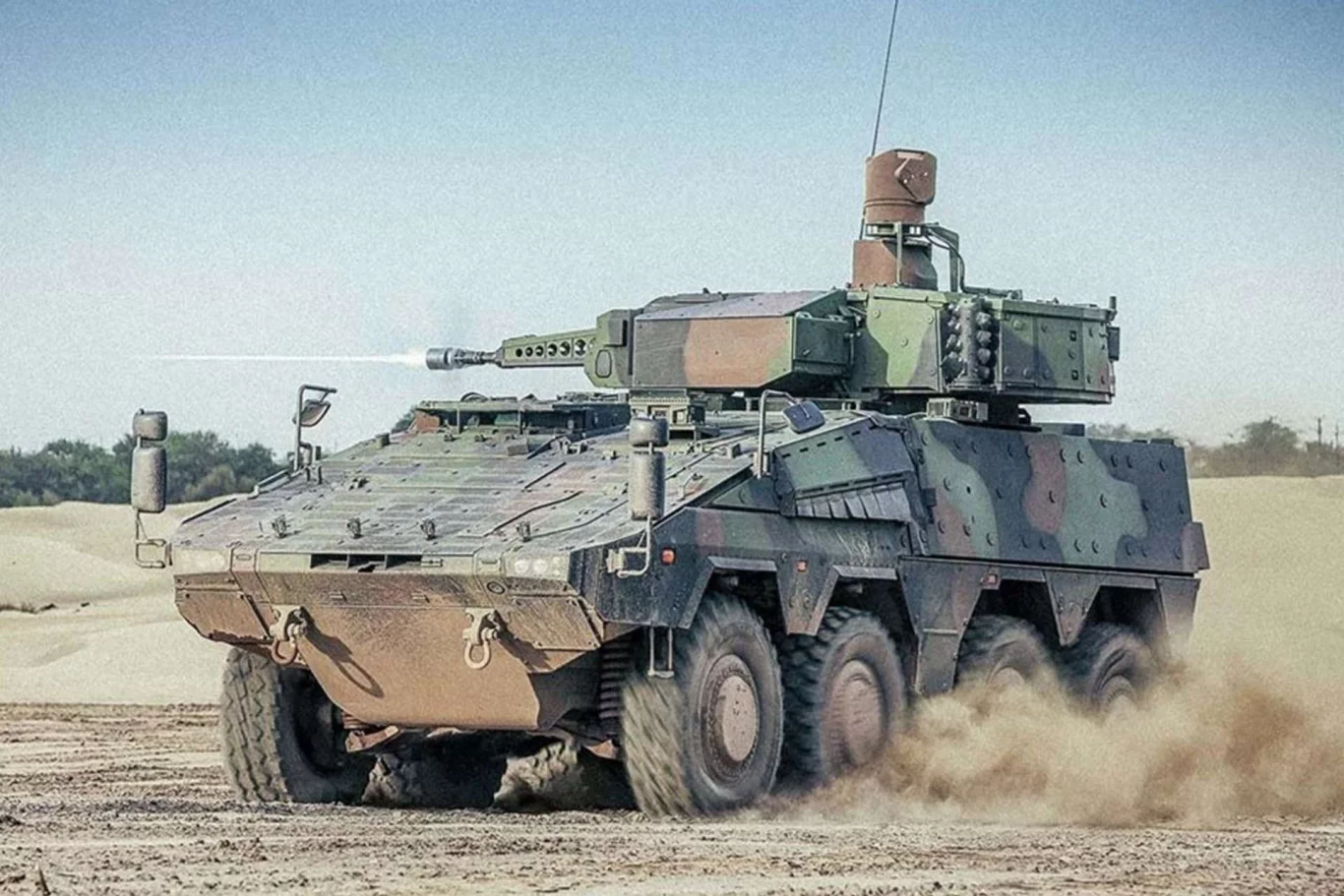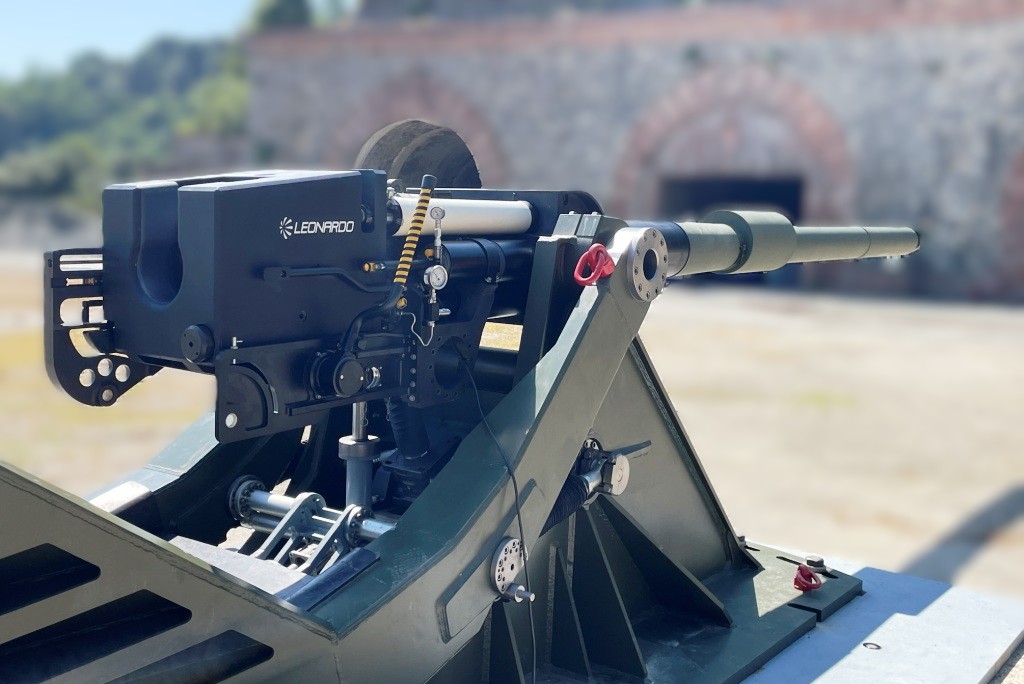In a move that’s sending shockwaves through the global defense community, South Korea is gearing up to deploy its most formidable conventional weapon yet: the Hyunmoo-5 ballistic missile. Dubbed the “monster missile” by experts and military enthusiasts alike, this behemoth of a bunker-buster is set to hit operational status by the end of 2025, marking a pivotal escalation in Seoul’s strategy to counter the ever-present threats from its northern neighbor. As tensions on the Korean Peninsula continue to simmer, with North Korea’s relentless advancements in nuclear and missile technology, South Korea’s decision to field this powerful system underscores a bold shift towards self-reliant deterrence. But what exactly makes the Hyunmoo-5 so revolutionary, and how will it reshape the balance of power in Northeast Asia? Let’s dive deep into the details.

The Hyunmoo-5 missile on display during a military parade, showcasing its massive scale and mobility.
The origins of the Hyunmoo-5 can be traced back to South Korea’s longstanding efforts to bolster its missile capabilities amid ongoing provocations from North Korea. The Hyunmoo series itself has evolved over decades, starting from the Hyunmoo-1 in the 1980s, which was essentially a reverse-engineered version of the U.S. Nike Hercules missile, to more advanced variants like the Hyunmoo-2 and Hyunmoo-4. However, the Hyunmoo-5 stands out as a quantum leap forward. First publicly unveiled during the 2024 Armed Forces Day parade in Seoul, the missile was paraded on massive nine-axle transporter-erector-launchers (TELs), a sight that left observers in awe of its sheer size and engineering prowess. These TELs, camouflaged in standard military patterns, highlight the system’s mobility, allowing it to be rapidly deployed and relocated across South Korea’s rugged terrain, making it harder for adversaries to target.
At its core, the Hyunmoo-5 is designed as a short-range ballistic missile (SRBM) with an emphasis on deep penetration and precision strikes. While exact specifications remain shrouded in secrecy by the South Korean Ministry of National Defense, reliable estimates from defense analysts and open-source intelligence paint a picture of unparalleled destructive potential. The missile boasts a launch weight of around 36 tons, making it comparable in size to some intercontinental ballistic missiles (ICBMs), though it’s strictly tailored for conventional, non-nuclear missions. Its standout feature is the massive warhead, weighing between 8 to 9 tons – one of the heaviest conventional payloads ever integrated into a ballistic missile. This isn’t just about raw power; it’s engineered for “penetrating-type” operations, capable of burrowing through over 100 meters of fortified earth or concrete to obliterate underground bunkers, command centers, missile silos, and weapons of mass destruction (WMD) facilities.
Imagine a scenario where North Korean leadership hides deep beneath mountains in hardened installations – the Hyunmoo-5 is built to neutralize such threats with hypersonic speeds reaching up to Mach 10 during its terminal phase. This velocity not only ensures it evades most air defenses but also delivers a kinetic impact that’s devastating on its own, even before the warhead detonates. The missile’s propulsion is solid-fueled and two-staged, enabling quick launch readiness – a critical factor in high-stakes conflicts where every second counts. Unlike liquid-fueled systems that require lengthy preparation, the Hyunmoo-5 can be fired with minimal warning, enhancing South Korea’s preemptive strike capabilities.
This deployment aligns seamlessly with South Korea’s “three-axis” deterrence framework, a comprehensive strategy developed to address North Korean aggression. The first axis, known as the Kill Chain, focuses on detecting and destroying threats before they can be launched. The second, Korea Air and Missile Defense (KAMD), emphasizes intercepting incoming missiles. The third, Korea Massive Punishment and Retaliation (KMPR), promises overwhelming retaliatory strikes. The Hyunmoo-5 slots perfectly into the KMPR pillar, providing the muscle for massive conventional punishment against key North Korean assets. Defense Minister Ahn Gyu-back has personally confirmed that mass production is underway, with deployment kicking off by year’s end, signaling that integration with existing command, control, and targeting systems is nearing completion.
But why now? The timing couldn’t be more poignant. North Korea has been ramping up its missile tests and nuclear rhetoric, with leader Kim Jong-un frequently showcasing advancements in hypersonic weapons, submarine-launched ballistic missiles, and even tactical nuclear arms. In response, South Korea, under its current administration, is pushing to reduce reliance on U.S. extended nuclear deterrence – the so-called “nuclear umbrella” – by investing heavily in indigenous technologies. The Hyunmoo-5 represents this independence, sending a clear message to Pyongyang: Seoul has the means to strike back decisively without escalating to nuclear levels. Analysts suggest that with a speculated range of up to 3,000 kilometers – though officially classified as short-range – the missile could theoretically reach targets beyond the peninsula, including parts of China or Russia, though its primary focus remains regional threats.
From a technical standpoint, the Hyunmoo-5 is a marvel of modern military engineering. Its heavy payload could include a single deep-penetration warhead or potentially a cluster of guided submunitions for saturating multi-level bunkers. The TEL platforms, likely manufactured by South Korean firms like Hanwha Defense, provide enhanced survivability through rapid relocation and camouflage. In South Korea’s mountainous landscape, these systems can be dispersed, hidden, and launched from unexpected positions, complicating enemy reconnaissance efforts. Moreover, reports indicate that production of up to 200 missiles has been approved, ensuring a robust stockpile for sustained operations if needed.
The implications of this deployment extend far beyond the Korean Peninsula. In the broader context of Northeast Asian security, the Hyunmoo-5 could trigger an arms race, prompting North Korea to accelerate its own programs and potentially drawing reactions from China and Russia. For the United States, a key ally, it raises questions about joint military doctrine, escalation management, and interoperability. While the missile is non-nuclear, its ICBM-like scale blurs the lines between conventional and strategic warfare, potentially altering how alliances like the U.S.-South Korea partnership approach deterrence. Defense contractors worldwide, from U.S. firms specializing in guidance systems to European suppliers of propulsion tech, may see South Korea as both a collaborator and a competitor in the global arms market.

A close-up view of the Hyunmoo-5 TEL, highlighting its rugged design for battlefield deployment.
Critics argue that such advancements might heighten tensions rather than stabilize them, but proponents in Seoul view it as a necessary step towards peace through strength. As one military expert put it, “The Hyunmoo-5 isn’t just a weapon; it’s a statement of resolve.” With serial production in full swing and operational fielding imminent, the world watches closely as South Korea crosses a new threshold in conventional warfare.
In conclusion, the Hyunmoo-5’s deployment by the end of 2025 isn’t merely a military upgrade – it’s a strategic pivot that could redefine deterrence in one of the world’s most volatile regions. As South Korea fortifies its defenses, the hope is that this “monster” serves as a guardian of peace rather than a harbinger of conflict.




